A Heroic Narrative about Bulgaria, the Jews and the Holocaust? Interview with Nadège Ragaru
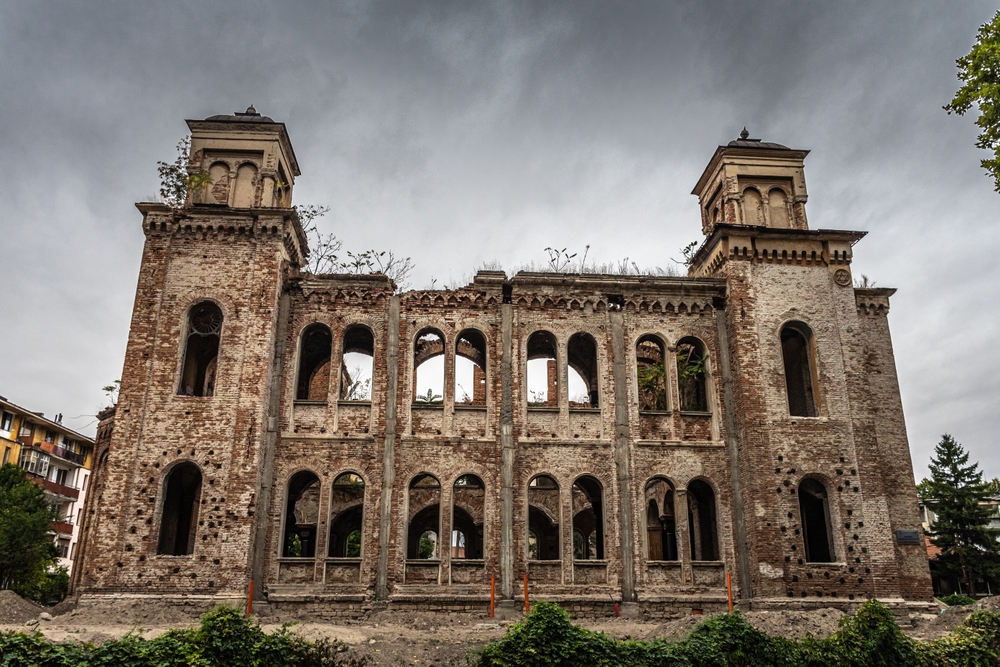
Nadège Nagaru is the author of the recently published Bulgaria, the Jews, and the Holocaust: On the Origins of a Heroic Narrative (University of Rochester Press, 2023), available in Open access, in which she presents a thought-provoking and wide-ranging archival investigation encompassing 80 years and six countries (Bulgaria, Germany, the United States, Israel, North Macedonia, and Serbia), and explores the origins and perpetuation of this heroic narrative of Bulgaria’s past. She answers our questions in the interview below.
Let’s start with the facts. How would you describe the situation in Bulgaria during the Second World War? What was the country’s position?
During the Second World War, Bulgaria occupied a unique position within the framework of the Tripartite Pact. Although this country signed the Pact (on 1 March 1941) and was an ally of Nazi Germany, Bulgaria refused to declare war on the USSR and to send troops to the Eastern Front. This alliance with the Reich enabled it to occupy territories in Yugoslavia (most of Vardar Macedonia; the Serbian region of Pirot) and Greece (Western Thrace and Eastern Macedonia) that it had hoped to (re)conquer since the end of the First World War. Paradoxically, the Second World War was far less destructive for Bulgaria than the First.
Can you tell us a little about the title of your book, which alludes to an episode in the Holocaust in which the Jews of Bulgaria (as well as those of Denmark) were partially saved during the Second World War?
The title of my book refers less to a historical fact than to a way of telling the past. Since the end of the Second World War, a representation of the fate of the Bulgarian Jews has emerged in Bulgaria and beyond, couched in terms of “rescue”. It is precisely this narrative—usually accompanied by a use of the passive voice that deprives the Jews of any agency—that is the subject of the book's investigation.
It is estimated that around 48,000 Jews held Bulgarian citizenship at the beginning of the war. There were also several thousand refugees in Bulgaria who had fled anti-Jewish persecution in Reich-controlled territories. From January 1941 onwards, Bulgarian Jews were confronted with increasingly severe state anti-Semitism. After April 1941, these measures were also applied to Jews from the occupied Yugoslav and Greek territories—Jews who had been excluded from Bulgarian citizenship by decision of the Bulgarian government. In September 1942, a Commissariat for Jewish Affairs was set up to coordinate all anti-Jewish measures (deprivation of civil rights, exclusion from professions, discriminatory taxation, aryanisation of Jewish property, forced labour, compulsory wearing of the yellow star, “concentration” in Sofia's Jewish quarter, etc.).
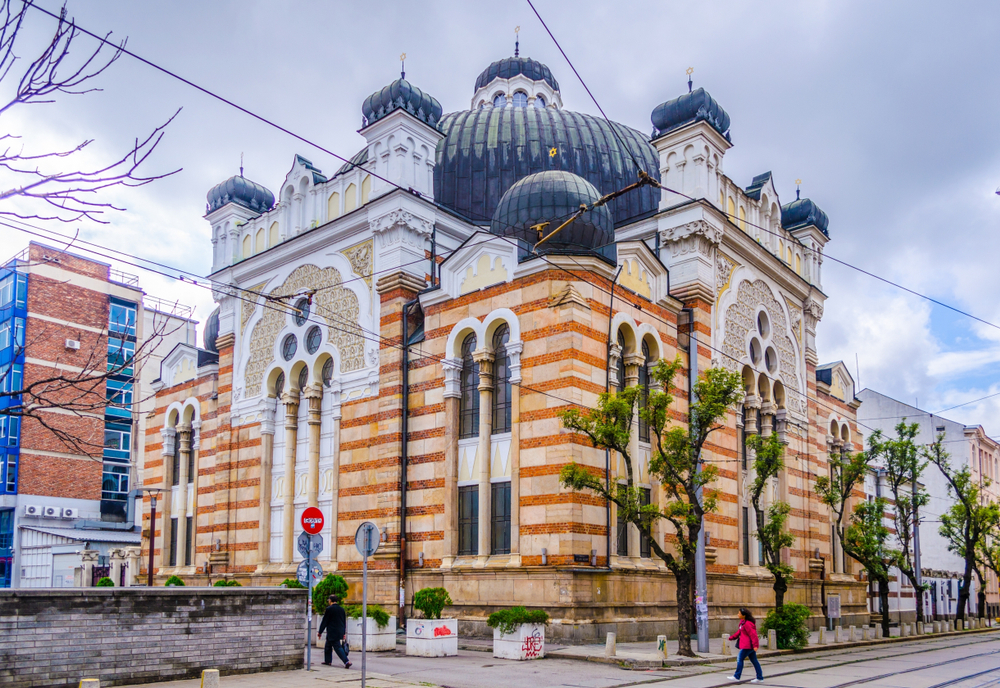 In the autumn of 1942, the Germans negotiated with their Bulgarian ally to deport some 20,000 Jews from the “new territories”. As this number exceeded the number of Yugoslav and Greek Jews under Bulgarian occupation, it was planned to round up a further 8,000 Bulgarian Jews deemed “undesirable”. In the end, only the 11,343 Jews from occupied Yugoslavia and Greece were deported to Nazi-occupied Poland. The Bulgarian Jews who had been rounded up were released thanks to the tireless efforts of their co-religionists, who enlisted the support of leading Bulgarian politicians, religious leaders, intellectuals, and citizens and obtained the cancellation of the arrest orders. The military setbacks suffered by Nazi Germany helped convince the Bulgarian government to postpone and then renounce the deportation of Jews with Bulgarian citizenship.
In the autumn of 1942, the Germans negotiated with their Bulgarian ally to deport some 20,000 Jews from the “new territories”. As this number exceeded the number of Yugoslav and Greek Jews under Bulgarian occupation, it was planned to round up a further 8,000 Bulgarian Jews deemed “undesirable”. In the end, only the 11,343 Jews from occupied Yugoslavia and Greece were deported to Nazi-occupied Poland. The Bulgarian Jews who had been rounded up were released thanks to the tireless efforts of their co-religionists, who enlisted the support of leading Bulgarian politicians, religious leaders, intellectuals, and citizens and obtained the cancellation of the arrest orders. The military setbacks suffered by Nazi Germany helped convince the Bulgarian government to postpone and then renounce the deportation of Jews with Bulgarian citizenship.
This non-deportation is commonly referred to as a “rescue” in Bulgarian public discourse. However, this choice of terminology raises three difficulties: First, it tends to ignore the persecution of Jews under Bulgarian authority—whether or not they held Bulgarian citizenship; second, it omits the role of Jews in alerting non-Jewish Bulgarians to their plight and convincing them to engage; third, the term has often led to the attribution to Bulgarian society as a whole of a characteristic of “national tolerance” that was supposed to be the basis for the protection of Bulgarian Jews—even if this means ignoring the diversity of reception of anti-Jewish policies in the country, as well as the complex history of inter-community relations in Bulgaria.
How did you come to have a different view of the fate of the Jews in Bulgaria? How did you “discover” the “differences” between the fate of the Jews in Bulgaria and in the occupied territories?
Because of the emphasis placed on the non-deportation of almost all Bulgarian Jews1, the memory of the deportations from Yugoslavia and Greece was for several decades not obscured but rendered poorly visible. I was led to explore this contrast by one of those coincidences in life that force you to rethink what you thought you knew. The year was 2010. I was conducting research into the establishment of Communist power in a town in south-western Bulgaria, Gorna Dzhumaya, through the prism of cultural policy. An elderly man had agreed to share his memories of his wartime theatre experiences with me; during our conversation he recalled a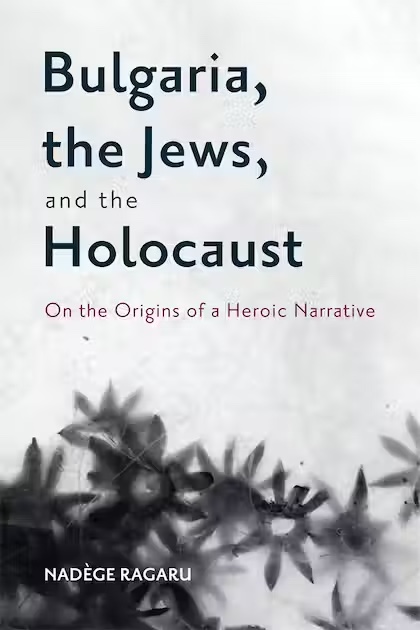 play whose date he had forgotten: “I saw it...; no, this was before the deportation of the Jews”, he said.
play whose date he had forgotten: “I saw it...; no, this was before the deportation of the Jews”, he said.
I was startled and did what every good social science textbook precludes. I interrupted him and asked: “What Jews?” He replied: “One should not talk about such things”. The bond of trust was broken, and the interview was obviously lost. As soon as the conversation was over, I rushed back to the university, where I found colleagues and friends of whom I asked the same question: “Which Jews?” They hesitated for a while: “Bulgarian Jews weren’t deported... Ah, they must be Greek Jews, they passed through here”. The next day I went to the Bulgarian Central State Archives and began an investigation that would last ten years.
The shock was all the more profound because, years earlier, I had read Fredrick Chary’s classic work on the Final Solution in Bulgaria (The Bulgarian Jews and the Final Solution 1940-1944. University of Pittsburgh Press, 1972). Although Chary’s book focused on the non-deportation of Bulgarian Jews, it also devoted considerable space to the roundups, internments, and transfers of Yugoslav and Greek Jews. But like many readers of this two-sided story, I had mainly retained what I wanted to remember—this extraordinary fact, the survival of the Bulgarian Jews. In order to recontextualise this historical event, I realised that I had to wipe the slate clean and think about this survival in relation to the anti-Jewish persecutions.
You mention the common issues of remembrance between Bulgaria and France, in particular the question of state responsibility. Can you elaborate on this?
The historical configurations of the two countries are certainly very different: France was a partially occupied country, while Bulgaria was an ally of the Reich. The similarities lie elsewhere. Firstly, in the desire of the ruling elites of both countries, at the end of the war, to offer a heroic interpretation of the conflict, which pitted Free France against Vichy France, on the one hand, and the Bulgaria of the partisan movement against “fascist” Bulgaria, on the other. Secondly, both countries had a hard time recognising publicly the role played by governments in the deportation of Jews. In France, it was not until July 1995 that President Chirac took the first decisive step in this direction. In Bulgaria, the recognition of Bulgaria’s co-responsibility for the Holocaust on Bulgarian-occupied Yugoslav and Greek territories has not yet been achieved.
In the autumn of 1944, Bulgaria set up People’s Courts to prosecute representatives of the former governing elite, described by their successors as “fascists”, pro-Nazi collaborators, as well as those deemed responsible for anti-Jewish persecutions. Can you explain how the Bulgarian Communist Jews managed to convince the leadership of the Workers’ Party/communists to create a court dedicated exclusively to crimes committed against Jews during the war?
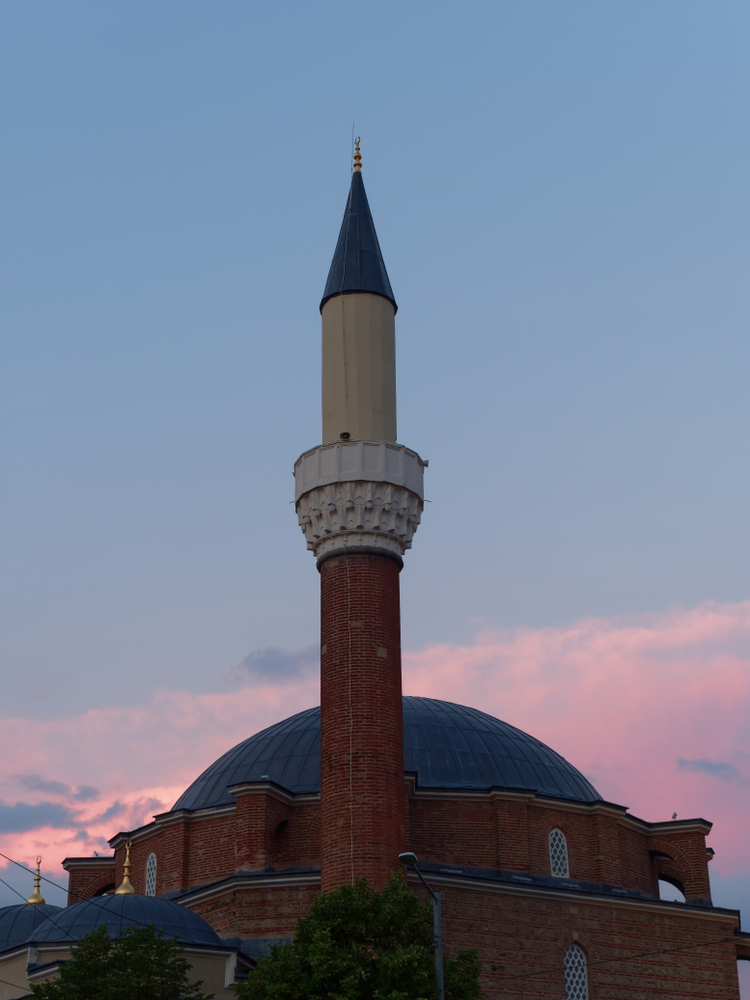 Punishment for war crimes was one of the promises made by the Fatherland Front (the predominantly Communist coalition that came to power with the help of the Red Army on 9 September 1944). This promise was made in both an international context (marked by inter-Allied discussions about post-war trials) and a domestic context (where recourse to justice was seen as an instrument for propelling revolutionary changes as well as punishing war criminals). The fact that one of the thirteen chambers of the Sofia People’s Court was dedicated to crimes committed against a single category of victims, in this case Jews, was a remarkable and unique choice in Europe in November 1944. At that time, Poland had adopted the “August Decrees”, which allowed many Polish collaborators to be tried, including for anti-Jewish acts, but no judicial body had the exclusive task of trying the perpetrators of anti-Jewish persecution. The Bulgarian choice is understandable given the urgency felt by the new leaders to convince the Allies that Bulgaria should be considered in post-war talks not as an ally of the defeated Reich, but as a co-belligerent state. There was an urgent need to restore the country’s international image. The rapid restoration of Jewish rights, on the one hand, and the condemnation of a limited number of individuals deemed responsible for anti-Jewish policies, on the other, were intended to absolve the rest of society of any responsibility for this violence. Bulgarian Jewish Communists understood that only by mobilising this argument could they hope to achieve judicial retribution for anti-Jewish crimes and convince the party leadership of the need to do so.
Punishment for war crimes was one of the promises made by the Fatherland Front (the predominantly Communist coalition that came to power with the help of the Red Army on 9 September 1944). This promise was made in both an international context (marked by inter-Allied discussions about post-war trials) and a domestic context (where recourse to justice was seen as an instrument for propelling revolutionary changes as well as punishing war criminals). The fact that one of the thirteen chambers of the Sofia People’s Court was dedicated to crimes committed against a single category of victims, in this case Jews, was a remarkable and unique choice in Europe in November 1944. At that time, Poland had adopted the “August Decrees”, which allowed many Polish collaborators to be tried, including for anti-Jewish acts, but no judicial body had the exclusive task of trying the perpetrators of anti-Jewish persecution. The Bulgarian choice is understandable given the urgency felt by the new leaders to convince the Allies that Bulgaria should be considered in post-war talks not as an ally of the defeated Reich, but as a co-belligerent state. There was an urgent need to restore the country’s international image. The rapid restoration of Jewish rights, on the one hand, and the condemnation of a limited number of individuals deemed responsible for anti-Jewish policies, on the other, were intended to absolve the rest of society of any responsibility for this violence. Bulgarian Jewish Communists understood that only by mobilising this argument could they hope to achieve judicial retribution for anti-Jewish crimes and convince the party leadership of the need to do so.
On a broader level, can you tell us about the writing process, or rather the processes involved in writing about the Jewish experience of the Second World War in Bulgaria?
One of the aims of the book is to show that writing about the Jewish wartime experience cannot draw on scholarly research and school textbooks only. Knowledge of the Holocaust was built at the intersection of a number of fields—political, legal, historical, artistic, and memorial. More generally, I wanted to understand the processes by which this past acquires a sensitive and affective presence in people’s lives that makes certain judgements about it self-evident. How do facts come to be regarded as true because they are widely believed?
For several reasons, under Communism and since 1989, mainstream history has never been the sole or even the main vector for representations of events related to the Second World War. The whole challenge of the study was to identify the actors who produced these narratives, the diversity of their forms (legal investigations and verdicts, memorial initiatives, documentary and feature films, political controversies, etc.), and to locate the spaces between which these representations circulated. The aim was also to avoid sidestepping the differences in the nature, influence, and use of these multiple ways of coming to terms with the past. The ambition was to show that between these heterogeneous productions, differently situated in time and space, correspondences could be identified which, while not producing a unified vision of the past, had established a realm of the thinkable and the believable.
What about the 1990s, the post-Communist period? What changes or continuities are there?
More than thirty years after the fall of Communism, it is becoming increasingly difficult to treat “post-Communism” as a homogeneous space-time. In our case, we can identify at least two, if not three, moments. The first, associated with the 1990s, saw the beginning of a debate in Bulgaria about the crimes of Communism and, by way of rebound, an idealised re-reading of the Bulgarian monarchy. This phase is interesting in that it was not accompanied by a change in the “rescue” narrative, but by a redefinition of the hierarchy of merits: from then on, King Boris III, the conservative elites, and the Orthodox Church replaced the figures of the dictator Todor Zhivkov, the Communist resistance, and the progressive people in the pantheon of saviours. At the turn of the millennium, however, a consensus emerged between (post)-Communist and (anti)-Communist narratives of history around a nationalisation of virtues (magnified) and an individualisation of crimes (minimised). The Bulgarian people as a whole was set up as a figure of good.
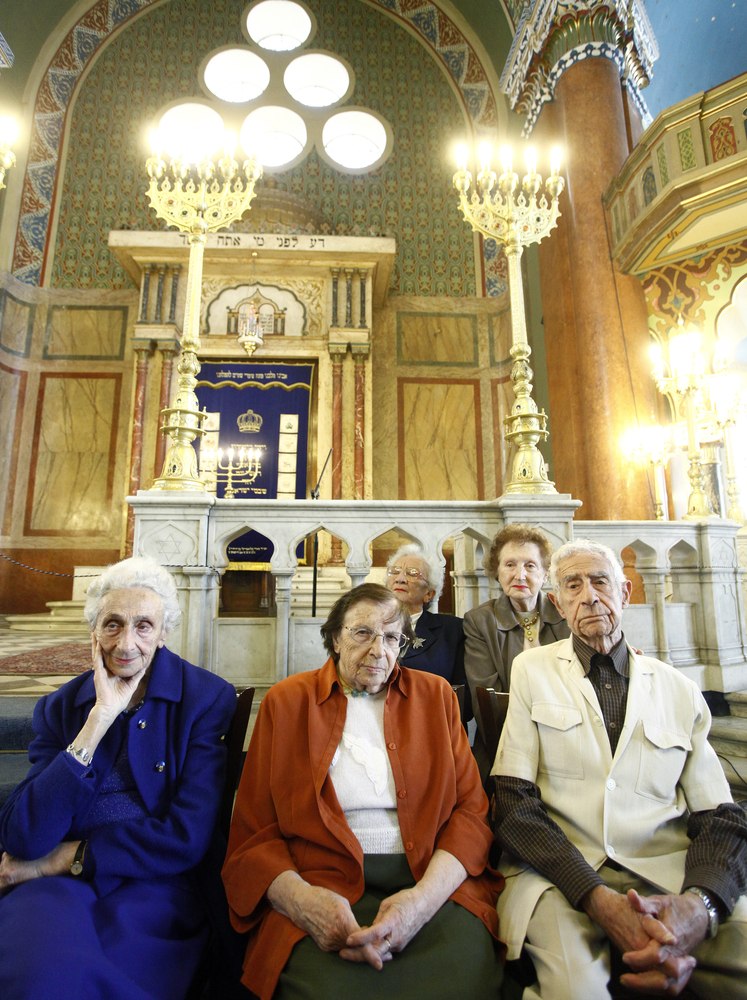 Second, the growing importance of the Holocaust in global memory regimes and the rediscovery of the Balkans by the descendants of Jews who survived (in Bulgaria) and did not survive (in the occupied territories) contributed to the unfolding of public controversies about the role of the Bulgarian state during the war. In the 2010s, the issue of deportations gained new visibility thanks to the involvement of Holocaust museums, Jewish organisations, and survivors in these discussions. Gradually, deportations and non-deportations found their place side by side in commemorative initiatives.
Second, the growing importance of the Holocaust in global memory regimes and the rediscovery of the Balkans by the descendants of Jews who survived (in Bulgaria) and did not survive (in the occupied territories) contributed to the unfolding of public controversies about the role of the Bulgarian state during the war. In the 2010s, the issue of deportations gained new visibility thanks to the involvement of Holocaust museums, Jewish organisations, and survivors in these discussions. Gradually, deportations and non-deportations found their place side by side in commemorative initiatives.
In recent years, however, against the backdrop of the political and social crisis in Bulgaria, efforts to document events more accurately following the opening of state archives have come up against the desire of the authorities to exercise tighter control over the historical narrative. It should be noted, however, that Bulgaria is by no means the only country affected by a trend that can be observed across Europe—in Poland, Hungary, and even France (see the reforms to the opening of intelligence archives brought about by the adoption of the Law on the Prevention of Terrorism and Intelligence, known as the PATR Law, on 13 July and the decision of the Constitutional Council on 30 July).
You show in your book that history is not written by historians alone, but that artists and lawyers have their own accounts of the past. How did you go about capturing the plurality of these narratives? And how do you approach a period that stretches from the Second World War to the present day, both in terms of time and in terms of the territory studied and the location of the sources?
You’re right, it was a Promethean task; it took ten years to trace nearly 80 of them, and it would be impossible to claim to have provided an exhaustive reconstruction of this intertwining of retellings of the past. The challenge was not to be exhaustive, but to trace the continuity and variations of certain motifs: to understand fine inflections without prejudging their capacity to break with the past; to reconstruct human or material movements without assuming that everything flows smoothly; to cross-reference and appreciate partial overlaps between actors and narratives. From the outset, the project was a journey. Because it meant travelling over a period of nearly eight decades, crossing the borders of the Cold War and observing the bifurcation of Jewish life in the Diaspora and in Israel. The objects whose traces I have tried to reconstitute (discursive motifs, argumentative registers, film and visual archival material, etc.) are also constantly in motion, undergoing mutations and reappropriations.
Two points of reference have helped me to avoid being overwhelmed, especially by the sheer size of the archival holdings scattered between Bulgaria, Germany, Israel, the United States, Macedonia, Serbia, and France, among others. The first is temporal: I have chosen to explore a series of moments in time, without assuming that there are exclusive links between them, but because bringing them together, I believed, could advance our understanding of narratives of the past (the immediate post-war period, the “consolidation” of the Eastern bloc at the turn of the 1950s, late socialism, the end of Communism, the last decade, etc.). These milestones made it possible to draw a dotted timeline in which the spaces are as important as the black lines. The second marker was spatial: was it a matter of considering Bulgarian knowledge and/or knowledge about Bulgaria, or of referring to the location of events? When I began my research, I was certain of only one thing: it was inconceivable to adopt in this research a stato-national delimitation inherited from state policies that, since the nineteenth century, have sought to locate the study of the past within a national cone of vision. The challenge, on the other hand, was to identify the sites from which a narrative claiming to be national had been written, sanctioned, and legitimised, and to work through the struggles over meaning that this entailed. The fields of investigation were not pre-determined, but emerged from observation of the actors and their practices. The scales (local, regional, international) were defined by the questions posed to the collected materials; it was from the palimpsest of circulations that the spatial imprint of the analysis ultimately emerged.
Finally, can you tell us about your approach to writing, which allows readers to construct their own knowledge as they read your book, and which you hope will encourage them to construct their own narratives in turn?
The first observation was as frustrating as it was fascinating: as historians, when we write a book, we work with words, more rarely with images, and exceptionally with sounds, and we have almost no access to the olfactory universe, which is essential to the processes of memorisation and recollection. In social science writing, visual material is used sparingly, more often as an illustration than as a vehicle for analysis, and few writers feel comfortable verbally linking written and visual sources. I, like many colleagues of my generation, have long been haunted by a series of questions: how can we reintroduce matter, meaning, and sensibility into pasts that reason has dried up without being able to elucidate? How can we make the diversity of experience heard in what has been lived over and over again? Finally, how can we take readers with us to times and places that are foreign to them? These three questions are intimately linked, for we must be willing to travel into the past if we hope to grasp its reliefs and colours, and our writing cannot aspire to provide an interpretation of what has happened through an impoverished view of the facts.
 Above all, I wanted to convey the uniqueness of each situation, each protagonist, each moment. The writing had to be sculptural, the material had to be palpable, and the music had to be melodic, rhythmic, and orchestrated. This demand for polyphony was particularly central to a work that set itself the task of telling historical narratives and that, moreover, rejected two approaches: firstly, a smooth opposition between representations and the factuality of the past; secondly, a configuration that reserved to the historian access to a truth that the work was intended to reveal. The notion of enquiry has a long history in the social sciences, but enquiry can be seen in a number of ways—as a process rather than an outcome (truth remains plural and partially graspable); as a solitary or collective endeavour (what is discovered occurs in the interactions between the material studied, the reader, and the author); or as an attempt at synchronicity or diachronicity (subject, narrator, and reader move forward at the same pace).
Above all, I wanted to convey the uniqueness of each situation, each protagonist, each moment. The writing had to be sculptural, the material had to be palpable, and the music had to be melodic, rhythmic, and orchestrated. This demand for polyphony was particularly central to a work that set itself the task of telling historical narratives and that, moreover, rejected two approaches: firstly, a smooth opposition between representations and the factuality of the past; secondly, a configuration that reserved to the historian access to a truth that the work was intended to reveal. The notion of enquiry has a long history in the social sciences, but enquiry can be seen in a number of ways—as a process rather than an outcome (truth remains plural and partially graspable); as a solitary or collective endeavour (what is discovered occurs in the interactions between the material studied, the reader, and the author); or as an attempt at synchronicity or diachronicity (subject, narrator, and reader move forward at the same pace).
In adopting this approach, I have followed several paths: for each chapter and depending on the social worlds addressed—justice, cinematographic creation, the handling of visual archives, political and memorial controversies—I have looked for ways of writing appropriate to each one; I have quoted extensively from the archival material, refusing the overhang of an authoritative voice that would close off its meaning; I have agreed to leave room for debate and disagreement. I have remembered Marguerite Yourcenar’s Les deniers du rêve and the importance of a discreet, flexible ties between the composite materials of the past that we are trying to bring back to life. In the hope of inspiring the reader to go on, to doubt with patience, and in turn to write this painful and sometimes hopeful story.
Interview by Corinne Deloy.
Nadège Ragaru's book Bulgaria, the Jews, and the Holocaust: On the Origins of a Heroic Narrative (University of Rochester Press, Rochester Studies in East and Central Europe Series, Series Editor Timothy Snyder, Yale University, 2023) is available in Open access.
Legends/copyright:
1. Abandoned Synagogue in Vidin, Bulgaria. Photo by Nicolai Dimitrov for Shutterstock;
2.View of a synagogue in Sofia, Bulgaria. Photo by trabantos for Shutterstock.
3. Book cover
4. Central Sofia Synagogue (Tsentralna Sofiiska Sinagoga). Photo by Toni Genes for Shutterstock
5. Survivors of the Holocaust, 18 May 2017. Photo by circlephoto for Shutterstock
6. Memorial monument installed by the Jewish community, to thank the Bulgarians who helped save them during the Holocaust. Photo by Mikhail Markovskiy for Shutterstock
- 1. Let me recall that not all Bulgarian Jews avoided destruction. In the summer of 1942, Bulgaria agreed to let the Nazis apply all anti-Jewish measures to the Bulgarian Jews residing in the territories of the Reich or subject to it, a decision that led to the arrest and deportation of several hundred Bulgarian Jews, including from France.










